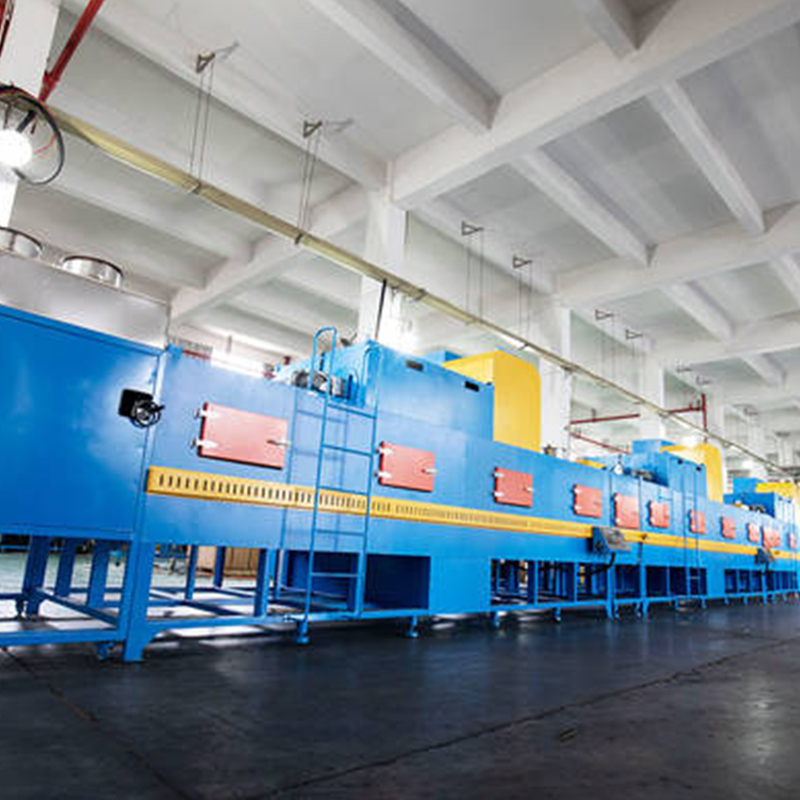Materials and Applications of EPDM Extruders
Understanding EPDM Extruders
An EPDM extruder is a piece of equipment that shapes EPDM rubber into desired forms by forcing the material through a die. The extruder typically includes a screw mechanism that heats, mixes, and pushes the material consistently. The resulting continuous product can then be cut, cured, or joined depending on the intended use.

The choice of EPDM as a material is driven by its advantageous properties, including weather resistance, flexibility across a wide temperature range, and resistance to ozone and ultraviolet exposure. When combined with extrusion technology, these qualities make EPDM products suitable for both industrial and consumer applications.
Materials in EPDM Extruders
The construction of an EPDM extruder requires durable and heat-resistant materials because rubber processing involves high temperatures and mechanical stress. The main materials typically used in these machines include:
1. Steel Alloys
The barrel and screw of the extruder are usually made from hardened steel alloys. These alloys provide strength and resistance to wear, allowing the extruder to handle the continuous friction and pressure of rubber processing. Special surface treatments or coatings may be applied to improve durability and extend service life.
2. Tool Steels for Dies
Extrusion dies, where the EPDM is shaped, are often made from tool steels. These steels resist deformation under pressure and maintain precision, ensuring the final product has consistent dimensions.
3. Heating Elements and Insulation Materials
Extruders require reliable heating systems to soften and process the rubber. Heating elements are commonly made from nichrome or other alloys that can withstand repeated heating cycles. Insulating materials are used around the barrel to conserve energy and maintain stable temperatures.
4. Electronic and Control Components
Modern EPDM extruders incorporate sensors, controllers, and monitoring systems. These may include thermocouples, programmable logic controllers (PLC), and user interfaces, usually built from a combination of metals, plastics, and electronic components.
Together, these materials ensure the extruder operates efficiently while meeting the demanding requirements of rubber processing.
Uses of EPDM Extruders
EPDM extruders are primarily used to manufacture continuous rubber products that require precision and consistency. Some of the common uses include:
Producing Seals and Gaskets: EPDM’s ability to withstand heat, moisture, and environmental exposure makes it ideal for creating seals and gaskets used in automotive, construction, and appliance industries.
Shaping Profiles: Customized profiles, such as U-shaped or T-shaped strips, are produced for structural sealing and insulation purposes.
Cable Insulation: EPDM extruders are used to coat or insulate electrical cables, offering flexibility and weather resistance.
Tubing and Hoses: By adjusting dies and curing processes, extruders can produce tubing and hoses suitable for different applications.
In each of these uses, the extruder’s function is to ensure consistent shaping, smooth finishes, and accurate dimensions.
Applications of EPDM Extruders
The versatility of EPDM rubber combined with extrusion technology allows these machines to serve multiple industries. Some notable applications include:
1. Automotive Industry
EPDM extruders are widely applied in automotive manufacturing to produce weatherstrips, door seals, window profiles, and under-the-hood components. These products protect vehicles against water leakage, noise, and temperature variations.
2. Construction and Building
In the construction sector, EPDM extruded profiles are used in window frames, door seals, roofing systems, and expansion joints. Their resistance to weathering and UV light makes them suitable for outdoor applications where long-term durability is important.
3. Electrical and Telecommunications






 English
English 中文简体
中文简体 русский
русский



